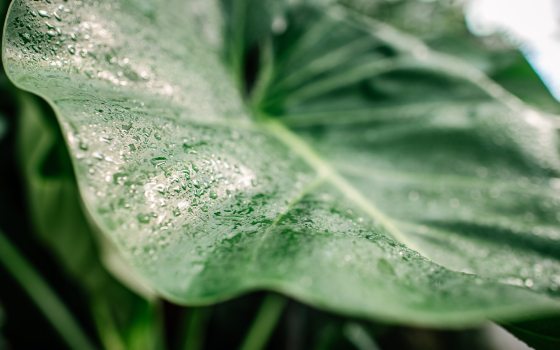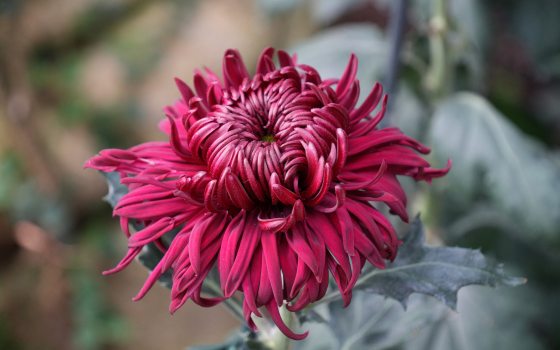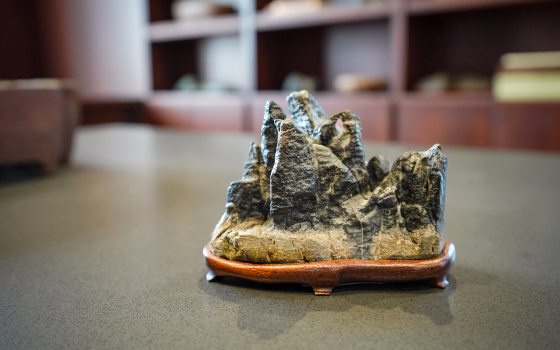A rare work of masterful, imaginative landscape design, the Cascade Garden is the only intact garden design in North America by acclaimed Brazilian landscape architect Roberto Burle Marx (1909–1994)—and we are proud to soon unveil this preserved masterpiece in its new home with our upcoming Longwood Reimagined debut. Moving the Cascade Garden into its new, free-standing, custom-built glasshouse required us to relocate, reconstruct, and preserve this prized garden in a way no other institution has done before—stone by stone and plant by plant. With planting just around the corner, we take a look at all this garden means to Longwood, the process behind moving this historic design, and how we’ve cared for its plants over the last three years.
An immersive, lush equatorial coastal rainforest, the Cascade Garden is a work of living, breathing art—one that beautifully reflects Burle Marx’s love of the natural world, as well as the native flora and landscapes of Brazil. Burle Marx is widely known as the father of modern landscape design as his innovative ideas and passions transformed the global design ethos. As a conservation advocate and early, outspoken critic of rainforest deforestation, Burle Marx’s voice influenced people and policies worldwide. His passion for beauty—found in many forms of visual art from sculpture to mosaic—blended seamlessly with his love of botany, ecology, and conservation to create his unique, modernist landscape design style. Throughout his prolific career, he orchestrated thousands of landscape projects across 20 nations, from the iconic mosaic sidewalks of Copacabana in Rio de Janeiro to the serene gardens of the UNESCO headquarters—and our Cascade Garden.
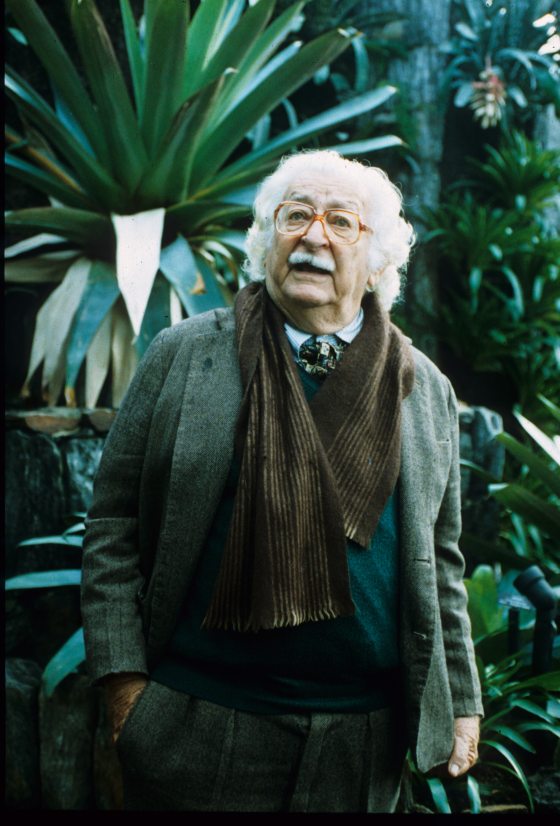
“For (Roberto Burle Marx), design was related to plants, minerals, and people. It is in the relationships between the various facets of Burle Marx’s work—activism, aesthetics, art botany, conservation, ethics, music sound, texture, the social, the urban—that makes Burle Marx’s landscape architecture so successful.” – On Burle Marx and His Lectures, Gareth Doherty, 2020. Photo of Roberto Burle Marx in the original Cascade Garden by Larry Albee.
Commissioned by Longwood in 1989 and opened in 1993, the Cascade Garden is a quintessential example of Burle Marx’s visionary style. This project was of course touched by many—from Burle Marx himself to professor and historian Conrad Hamerman, architect Haruyoshi Ono, former Longwood Design Coordinator and Display Specialist Lucy Landon Scarlett, and many members of the Longwood Gardens Horticulture Department. One such member is Longwood Chief Horticulture and Facilities Officer Sharon Loving, who served as the display foreman at the time the project was being considered, and then the primary horticulture lead and contact with Burle Marx and Hamerman during the design and construction of the garden. Loving has served in stewarding the garden since the beginning and through today.
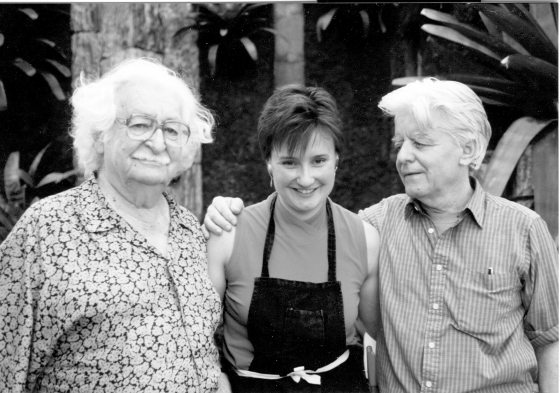
From left: Burle Marx, Loving, and Hamerman, 1992.
The Cascade Garden is designed to inspire one to feel connected to the natural world in a way they may never have before. In this tropical rainforest sanctuary, you’ll find fascinating plant species primarily from the bromeliad (Bromeliaceae) and aroid (Araceae) families; expressive waterfall features; warm, humid air; and stone features made using custom-cut Pennsylvania schist and pink quartz, and slate, creating a unique relationship between plants, light, water, and stone. In fact, the garden is named for its 16 water features, which further illustrate its rainforest feel—but, unlike the rainforest, everything in this garden is carefully planned for maximum artistic effect.
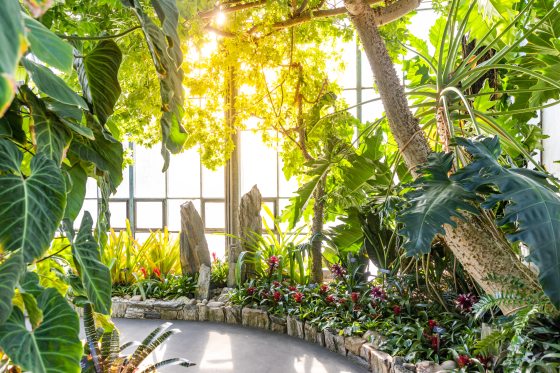
“The Cascade Garden gathers all the elements that have come to define the design sensibility and the style of Roberto Burle Marx … it is a microcosm of his life’s work.” – Professor of Landscape Architecture, Harvard Graduate School of Design, Anita Berrizbeitia, 2018. Photo of the original Cascade Garden, taken in 2021, by Becca Mathias.
Beginning in 2019, a team of landscape architects, garden preservation experts, and representatives from the Burle Marx Landscape Design Studio in Brazil studied all aspects of the garden and confirmed that the garden was noteworthy and deemed important to preserve. They concurred with Longwood that moving the garden to a more prominent location and new glasshouse would be ideal—a process that had never been done before. To move the garden in its entirety to its soon-to-open 3,800-square-foot, custom-built jewel box, we started by studying and documenting every aspect of the original garden—ensuring that we could duplicate that design plant by plant and stone by stone—in the new space. Using a 3D laser scanner, detailed images of every plant, stone, water feature, and hardscape element was cataloged so that everything could be replaced as Burle Marx intended.
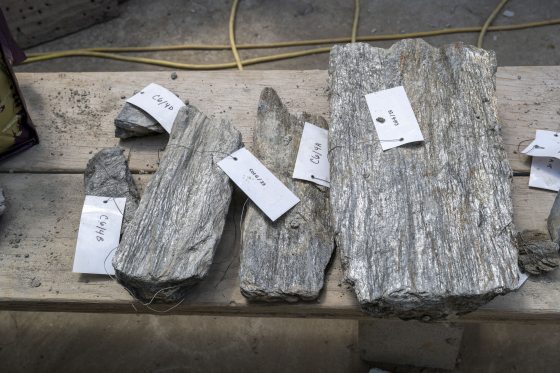
Each stone was scanned, tagged, cleaned, barcoded, and stored in a warehouse between its removal from the original Cascade Garden and its return to the preserved Cascade Garden. Photo by Hank Davis.
While these scans were imperative, the design of the garden and the placement of each element also lives in the minds of some of our expert horticulturists. Over the last three decades, care of this garden has been in the hands of only a few dedicated horticulturists who have mentored one another, passing on their knowledge to keep Burle Marx’s design intent intact. Conservatory Horticulturist and Longwood Professional Horticulture Program alumna (’21) Kaylene Argot, current horticulture lead on the Cascade Garden, was mentored by Plant Information Field Specialist Joyce Rondinella, who stewarded the garden for nearly 20 years. Rondinella was mentored by Rolf Smith, who worked with Burle Marx to select plants and maintain this garden, along with Loving.
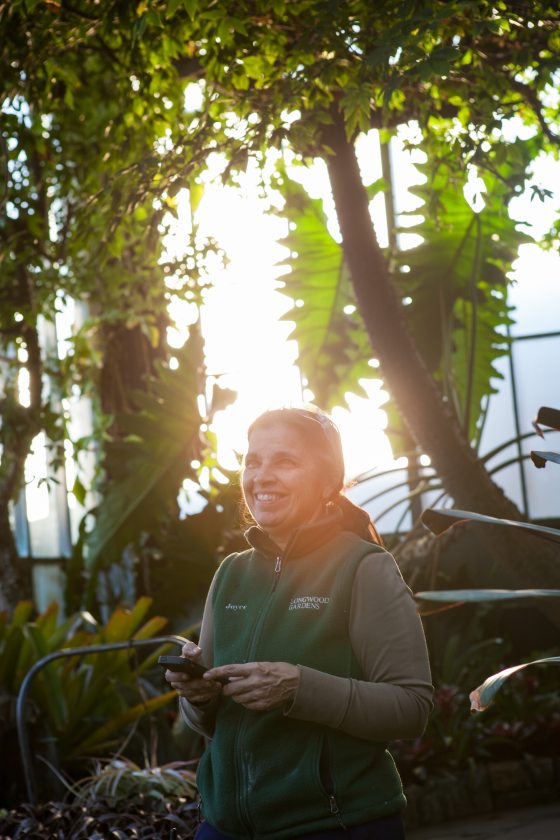
Plant Information Field Specialist Joyce Rondinella in the original Cascade Garden, 2017. Photo by Morgan Horell.
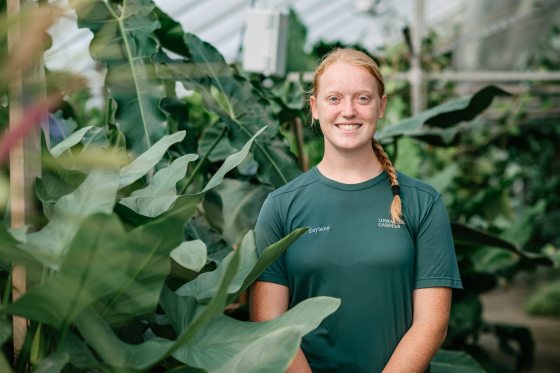
“As a Professional Horticulture Student of the class of 2021, I loved working and learning in the Cascade Garden. Back then, I never would have imagined that I would have the opportunity to care for these plants during their time off display and soon lead the replanting of this treasured garden.” – Conservatory Horticulturist Kaylene Argot. Photo of Argot in the nursery by Laurie Carrozzino.
The majority of the plants were salvaged and moved to our nursery, where they have been under constant care for the last three years. The key to caring for these plants is to observe them daily and consistently evaluate how they react to changes in their environment.
For the Cascade Garden, Burle Marx selected plants for their sculptural qualities and artistic effect when grouped together, displaying a wide variety of shapes, sizes, and textures. The garden features more than 100 types of bromeliads, along with many exotic aroids and other tropical plants, many of which are epiphytes, growing on surfaces rather than being rooted into the soil. Our final step in bringing this revitalized garden to life is to bring these extraordinary plants into the new space—which will be taking place in the coming weeks.
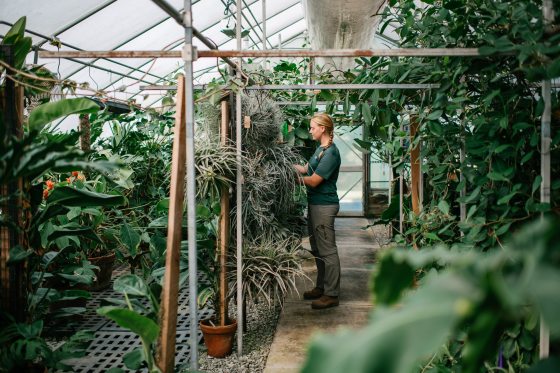
Argot tends to the Cascade Garden plants in the nursery, where they have been kept and cared for over the last three years. Photo by Laurie Carrozzino.
Among those plants is giant alcantarea (Alcantarea imperialis); as Burle Marx’s signature plant, this beauty features a flower spike that can grow up to 11 feet tall with white flowers. Another is Anthurium superbum, or ‘bird’s nest’ anthurium, listed on the International Union for Conservation of Nature Red List of Threatened Species. There are also rare plants gifted to Longwood by Burle Marx himself, including the Clusia ‘Pedra Azul’, Ceiba erianthos, and Schwartzia brasiliensis. Additional rare plants such as Orthophytum burle-marxii and Neoregelia burlemarxii were in the initial planting of the Cascade Garden, bear Marx’s name, and will return in the preserved Cascade Garden.
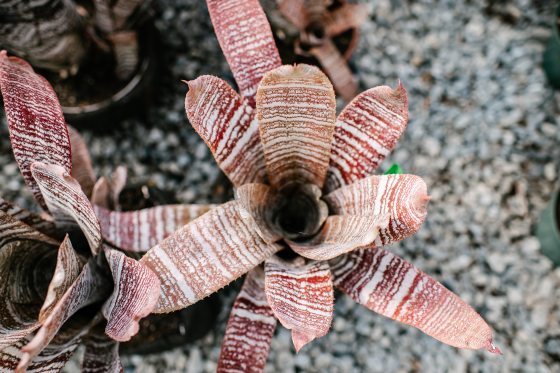
Hohenbergia correia-arauji awaits its move into the preserved Cascade Garden. Photo by Laurie Carrozzino.
The new glasshouse allows us to grow these plants in optimal conditions. With not only ample room for the existing plants to continue to grow and thrive—including a 29-foot-tall ceiling—it also utilizes the highest standards of technology in gardening under glass today, such as root zone heating and tinted glass that helps maintain an optimal temperature for the tropical plants year-round. Specialized glass will filter light to create the understory conditions where these plants thrive, unlike the soon-to-open West Conservatory, where full sun is required during the winter months to allow for optimal plant growth.
The glasshouse is built with a vestibule outside of its entry to protect the indoor plant environment—which is equipped with a computerized irrigation and misting system that mimics the rainforest habitat, keeping the soil moist and humidity levels high. The space is also being made to be more accessible—as we’ve adjusted the slope of the garden pathway for better wheelchair, stroller, and scooter access—creating a welcoming environment for all guests to experience.
Go behind the scenes and learn how Longwood is preserving the only intact garden in North America designed by the great Brazilian landscape architect and artist Roberto Burle Marx.
In the words of Burle Marx (1962), “The garden is, it must be, an integral part of civilized life: a deeply felt, deeply rooted, spiritual, and emotional necessity.” By preserving the spirit and care Burle Marx poured into his signature modernist design of this garden, we are also preserving what this garden means to us, to you, and to so many. Here, in this breathtakingly beautiful space, this carefully planned reflection of the fascinating relationship between human beings and the natural world will continue to grow and thrive—and we can’t wait to once again share it with you.
